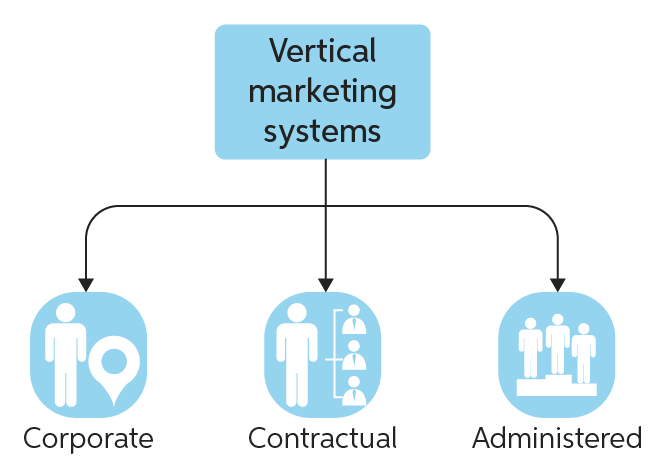In today’s highly competitive business landscape, companies strive to find effective marketing strategies that can propel their growth and maximize their profits. One such strategy gaining traction is the Vertical Marketing System (VMS).
This article aims to delve into the pros and cons of adopting a VMS, shedding light on its potential benefits and the challenges it presents. By understanding the intricacies of VMS, businesses can make informed decisions on whether to embrace this marketing approach.
What is a Vertical Marketing System?
A Vertical Marketing System, or VMS, refers to a coordinated network of independent entities, such as manufacturers, wholesalers, and retailers, working together to streamline the production, distribution, and marketing processes.
Unlike traditional marketing systems, VMS brings together various stages of the supply chain under a unified structure, facilitating seamless collaboration and resource optimization.
Pros of a Vertical Marketing System
Enhanced Coordination and Efficiency
One of the primary advantages of a VMS is the improved coordination it offers. By integrating different entities within the supply chain, a VMS ensures seamless communication and eliminates inefficiencies caused by misaligned objectives. This enhanced coordination leads to faster decision-making, smoother operations, and ultimately, higher productivity.
Increased Market Reach
By establishing a VMS, businesses can expand their market reach. This system allows for greater control over distribution channels, enabling companies to penetrate new markets and target specific customer segments effectively. With a broader customer base, businesses can increase their sales and market share, driving sustainable growth.
Cost Reduction
A VMS brings cost-saving opportunities through economies of scale. By pooling resources and optimizing operations across various stages of the supply chain, businesses can reduce production costs, inventory carrying costs, and overall marketing expenses. This cost efficiency allows companies to remain competitive while maximizing their profitability.
Cons of a Vertical Marketing System
Potential Channel Conflict
One of the main challenges of a VMS is the potential for channel conflict. Integrating different entities with varying interests and objectives may result in conflicts related to pricing, distribution, or control over resources. Channel conflicts can negatively impact the efficiency of the system and strain relationships among stakeholders, requiring careful management to mitigate these issues effectively.
Limited Flexibility and Innovation
Vertical Marketing Systems, particularly tightly integrated ones, may face limitations when it comes to flexibility and innovation. The standardized processes and coordination mechanisms within a VMS might restrict the ability to quickly adapt to market changes or introduce innovative strategies. This lack of agility can pose challenges in highly dynamic industries.
Dependence on Partner Performance
In a VMS, the success of the system relies heavily on the performance of each partner within the network. If one entity fails to deliver or underperforms, it can disrupt the entire system, affecting the overall efficiency and customer experience. Ensuring consistent performance across all partners is crucial but can be a challenge in practice.
Conclusion
In conclusion, adopting a Vertical Marketing System can offer several advantages to businesses, such as improved coordination, increased market reach, and cost reduction. However, it’s essential to consider the potential challenges, including channel conflicts, limited flexibility, and dependence on partner performance.
By carefully weighing the pros and cons, businesses can make an informed decision on whether to embrace a VMS. Ultimately, the success of implementing a VMS lies in effective management, collaboration, and a clear understanding of the specific industry dynamics.

